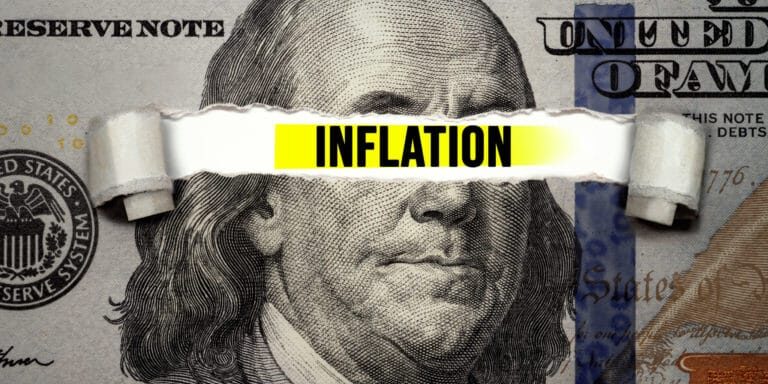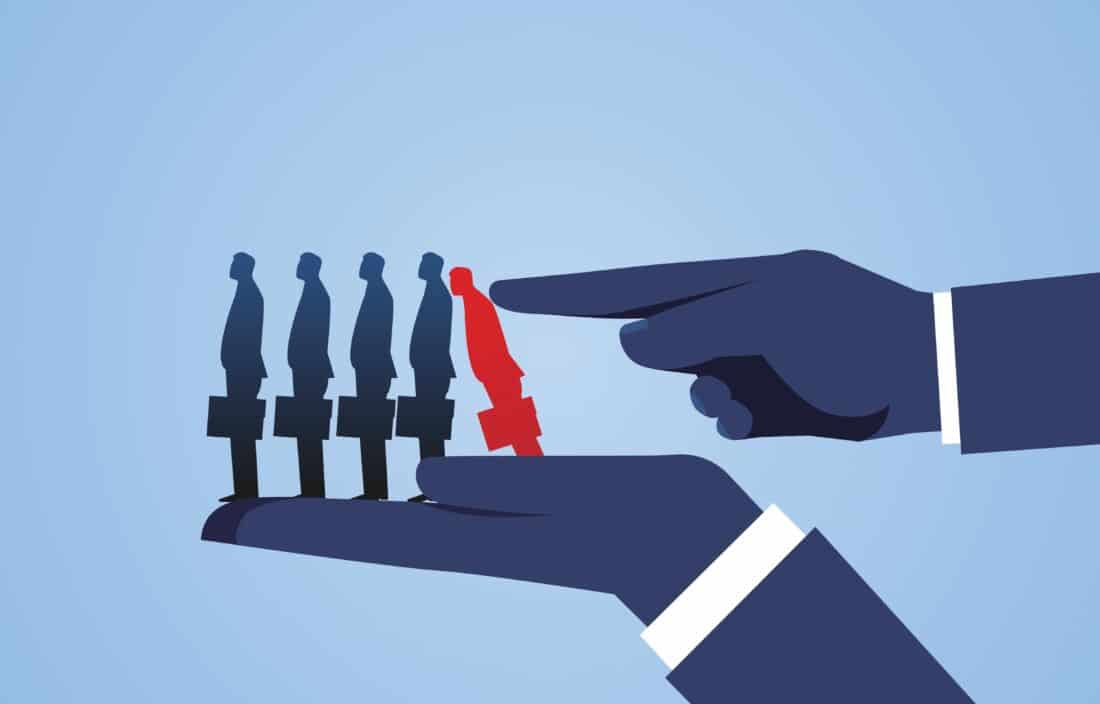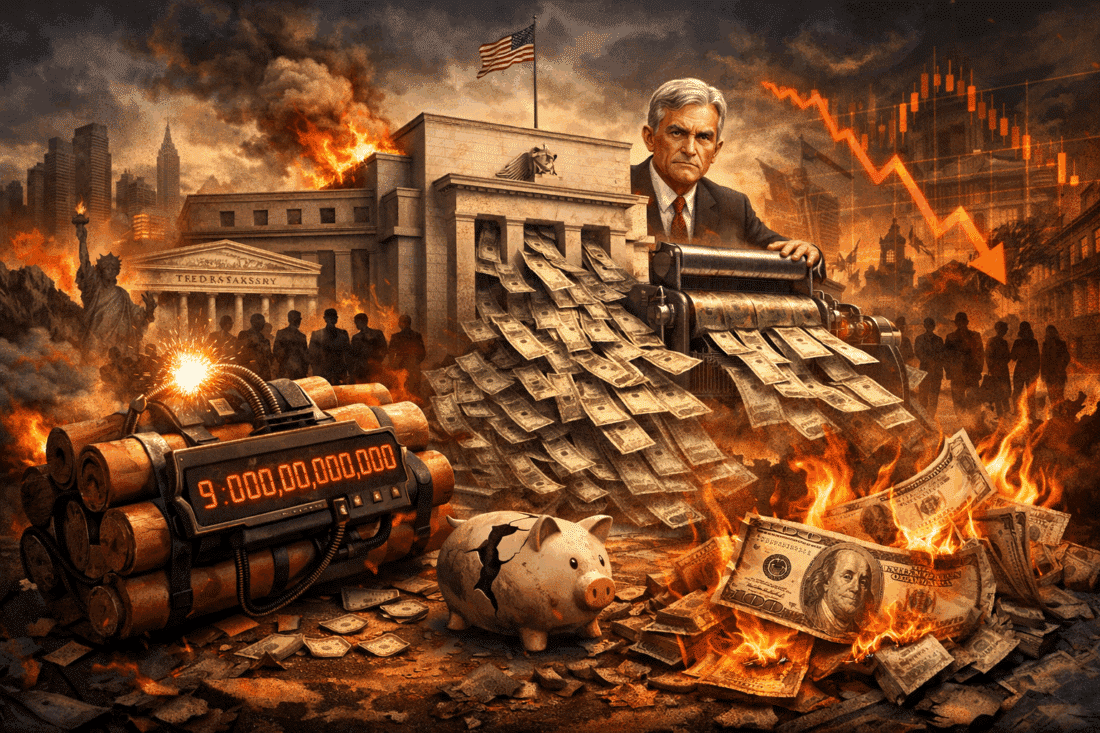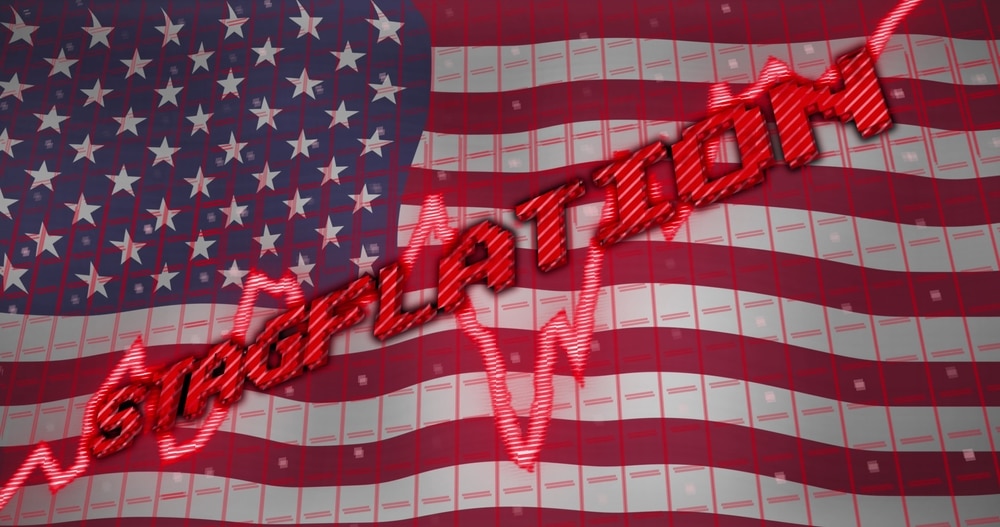
Inflation Expectations Surge to 40-Year High: Is the Fed Losing Control?
Written by Frank Balm
Alright, let’s dive into what’s going on with inflation and how it’s throwing a wrench into the Federal Reserve’s plans.
So, here we are—consumer inflation expectations have hit a 40-year high, climbing to a whopping 7.1% for the next 5-10 years. That’s according to the University of Michigan's Consumer Survey. And this is no small potatoes—it’s DOUBLE what it was just a few months ago. When you consider that inflation expectations have been floating around 3% for the last few years, this is a serious wake-up call. What’s even more concerning? Rising prices for everyday essentials are chipping away at consumer sentiment, which was already on shaky ground. People are feeling the pinch.
If you think inflation is a thing of the past, think again. Core CPI inflation has been above 3% for 41 months straight—the longest stretch since the early '90s. And just last week, inflation started ticking up again for the first time since March. That’s a problem because the Fed has been betting that they could eventually ease up on the rate hikes, maybe even cut them. But now, with inflation rearing its head again, that plan might be going out the window.
Let me put this into perspective for you. Inflation's nasty comeback is also tied to the money supply. The U.S. money supply hit $21.17 trillion in August—its highest level since January 2023—and it's been growing for five straight months. Over the past 10 months, we've pumped nearly half a trillion dollars back into circulation. That's no chump change. More money in the system, and you've got the recipe for more inflation. It’s like trying to keep a lid on a boiling pot. Eventually, that steam’s going to find a way out.
Spencer Hakimian of Tolou Capital Management makes a solid point. He’s traced this inflation mess all the way back to the 2008 financial crisis. After 2008, there was criticism that policymakers didn’t act fast enough, so when COVID hit, Washington opened the floodgates with over $6 trillion in stimulus. And here’s the kicker—most of that money went directly into consumers’ pockets. And guess what? They spent it.
Unlike 2008, when much of the stimulus went to banks or corporations, the COVID relief efforts fueled consumer spending. And when you’ve got consumers flush with cash in a world where the supply chain is still limping back to normal, the demand for goods and services outpaces supply. You know what that means—higher prices. And now we’re dealing with the fallout.
Fast forward to now, and we’re not just talking about temporary spending increases. The U.S. is running massive deficits, and it’s not slowing down anytime soon. Hakimian warns that the debt we're piling up will lead to a day of reckoning. He predicts a future political leader will capitalize on the fear of losing our reserve currency status if we keep this up. History has seen it before—the Dutch, the British, they both lost their status. Could the U.S. be next?
And what about gold? Well, gold has been doing what it always does when inflation is looming—it’s rising. Back in 2019, gold was trading at around $1,394 an ounce. Fast forward to today, and it’s around $2,305. That’s a 12.9% annual growth rate. In other words, in just five years, the price of gold has nearly doubled. Gold is like the canary in the coal mine—it’s telling us that inflation isn’t just a passing phase. It’s here, and the Fed is having a tough time taming it.
Now, with all this inflation news, I can’t emphasize enough how important it is to think about protecting your wealth. We’re living in uncertain times, and the more you know, the better prepared you’ll be. Keep an eye on assets like gold, and if you haven’t already, consider diversifying your portfolio to include things that can hold their value when the dollar doesn’t. Take control of your financial future—don’t wait for the Fed or the government to do it for you.
If you want to get more insights and stay ahead of these trends, check out the Seven Steps to Protect Yourself from Bank Failure or the Innercircle NEWSROOM to get the latest strategies. You’ll find them here. Stay informed, stay protected!











